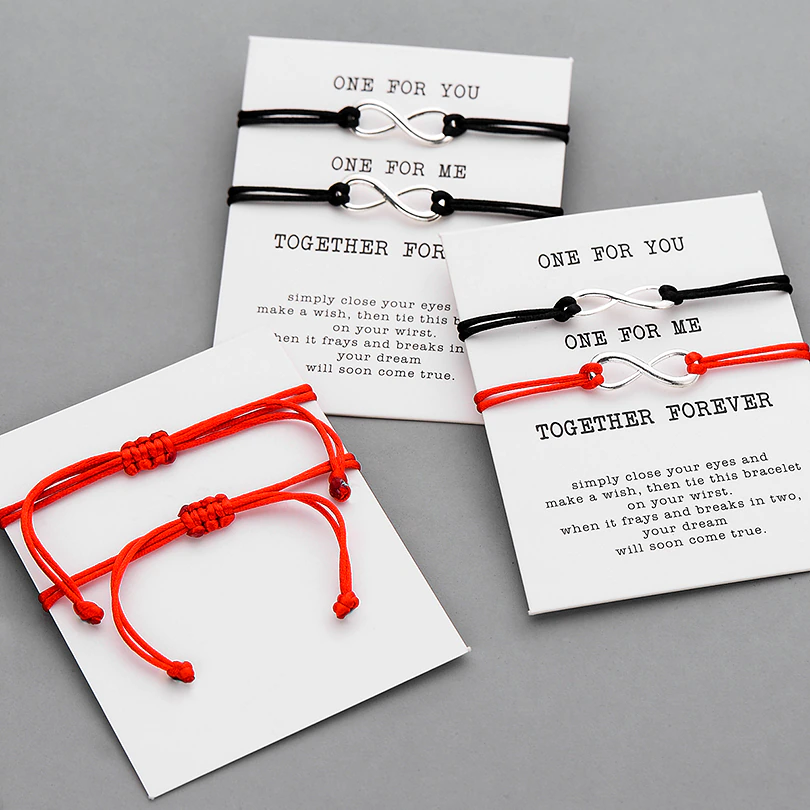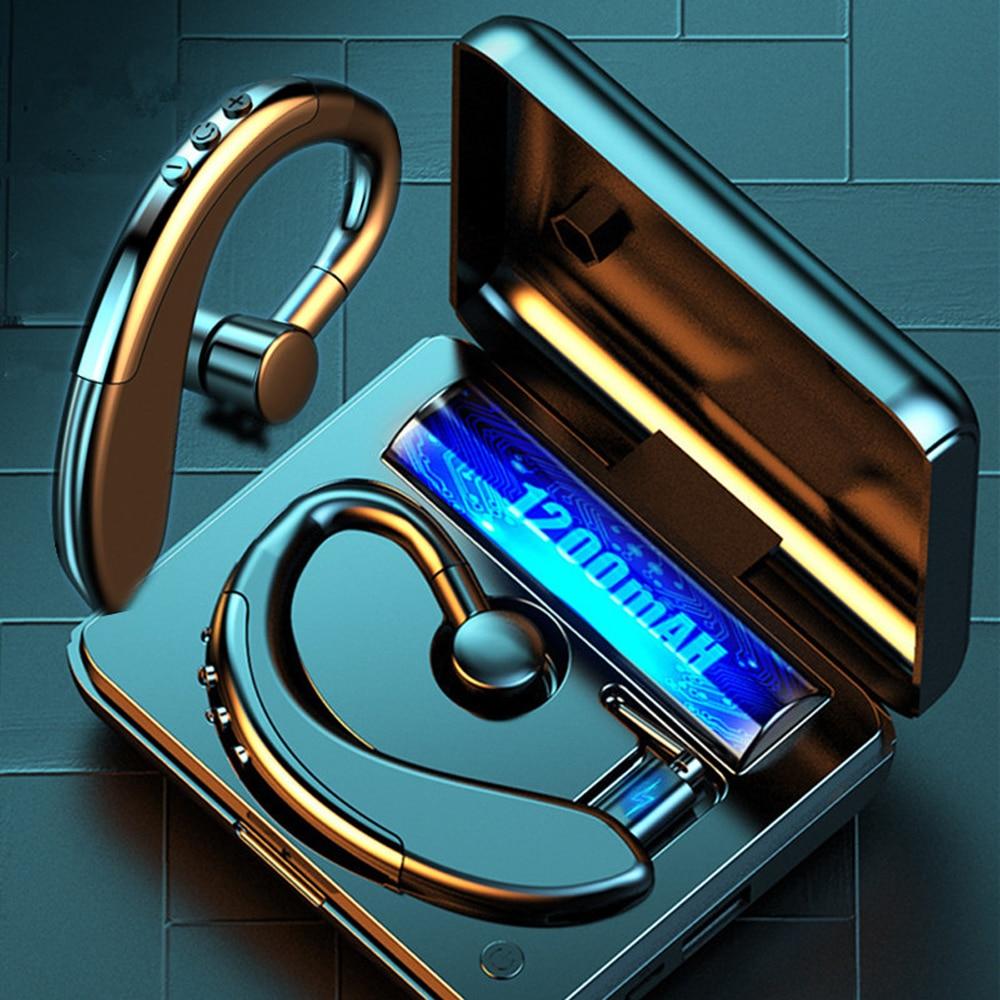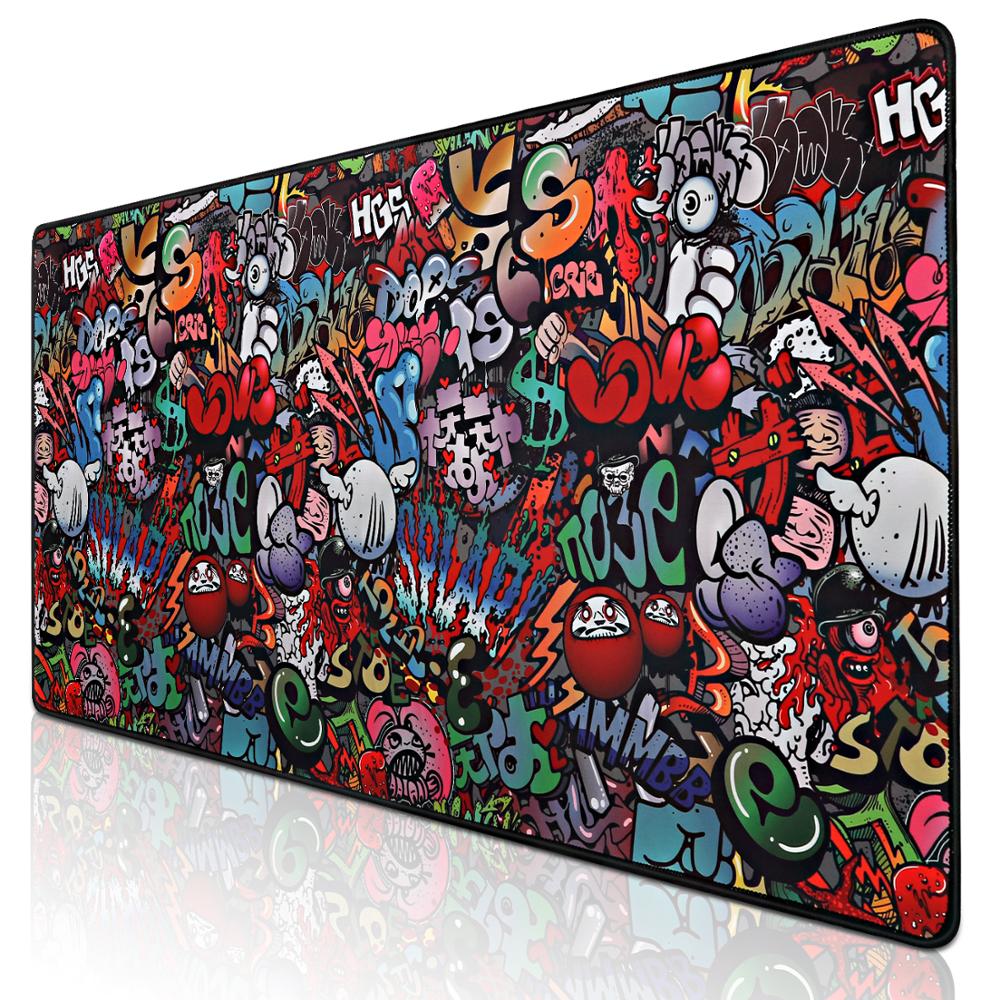The tried and nearly true Olympic lift ratios. Deviations from these ideals reveal areas that may need priority attention in training. Power Snatch /Clean = 80% of Full Snatch/Clean. a) power clean, bench press, back squat, bent-over row, leg curl b) lunge, pec fly, hip ab/duction, snatch, lateral raise c) leg press, front squat, snatch, push press, bench press d) push press, shoulder press, power clean, deadlift, high pull Remember this, so you don't see "clean" on the whiteboard and ask if it's a power clean. Squat cleans are considered even more physically demanding than power cleans, and they too are very popular during CrossFit workouts. The back-squat is one of the most effective exercises to strengthen the lower limbs and prevent injuries . Conclusions: Back-squat and power-clean conditioning activities both induced improvements in sprint performance when included as part of a potentiation . A slow power clean is a fast deadlift, not a clean. And since few people seem to squat deep, the quads are even more emphasized. Similar to the power clean, maximal back squat strength has also been shown to be related to short sprint performance (10,20,24,36), with a recent study also revealing that increases in maximal back squat strength, during preseason training in rugby league players, were reflected by a concomitant increase in short sprint performance . Barbell Back Squat - Spotting Technique with Three Spotters 33 Chapter 4 | Exercise Technique 35 Explosive Lifting Day Outline 36 Strength Lifting Day Outline 36 Explosive Lifting Day Exercise Technique 36 1. Week #1: 4 x 4 (2 sets from floor, 2 sets from hang) Week #2: 4 x 5 (2 sets from floor, 2 from hang) Week #3 4 x 4 (2 sets from floor, 2 from hang) C1. Strength Standards. Alternate work/rest with partner. A squat or a power rack would still be useful but are not necessary. The strength deficit is a number that tells the coach that the athlete is equal parts strength and power, strength dominant, or acceleration dominant. While the back squat is a complete lower body movement, it still hits the quads much harder than the hamstrings, unless you're using an ultra-wide powerlifting squat or have super long limbs and a short torso. Methods: A total of 10 competitive weightlifters completed baseline 1-repetition maximum assessments in the back squat and power clean. Everything you need to know about strength training, power training, plyometrics, Power Clean, Power Snatch, Back Squat and Front Squat technique. Back Squat: 125% of clean & jerk Here the ratios can tell us if the athlete lacks strength, power, or technique. The power clean is a relatively complex exercise. the vertical jump. For instance, a power clean between 40 and 60 percent of one's deadlift is to be expected, and most people's front squat is generally about 80% of their back squat. here are some ratios from CT Team sport athletes A 10cm increase in vertical jump is a respectable improvement, so make it your goal to increase your squat by 150lb and your power clean by 60lb. Perform 1 Power Clean at 90 . Learn the proven techniques used by Olympians. Mean and peak velocity were measured via a linear . The front squat and back squat, the squat and the deadlift, the deadlift and the power clean, and so on all have known relationships consisting of a range of ratios. It's a good decision. Which . Barbell Rack Clean 36 1b. Ursula Garza, an accomplished. As the name implies, the. Once my athletes are able to dominate the Power Clean technique, we focus on loading the Power Clean. Here are the numbers for one of my junior lifters. The back squat is the main exercise employed by weightlifters to strengthen the legs. This type of training primarily stresses what system? The benefit of having an even larger back squat will be generally easier snatches and clean & jerks at a given weight. Both exercises use the same muscles to lift and propel the bar. We have male and female standards for these gym exercises and more: bench press, squat, deadlift, shoulder press, pull ups, dumbbell bench press, dumbbell curl, push ups, barbell curl, dumbbell shoulder press. Do 3 to 4 sets and increase the weight load so that the fourth set is close to the working weight. Power Clean Strength Standards. Max Back Squat/Max Power Clean=Z (Z) X (BW)/Max Squat = Strength Deficit Ratio. A clean is when you catch the barbell in the bottom of your squat, taking into account individual differences. A practical example, your Back Squat 1RM is 120 kg. Weight Unit. Three incremental LVPs were completed, separated by 48 to 72 hours. Clean and Jerk = 85% of front squat. You can do the movement by positioning the barbell on two platforms. Team WOD: AMRAP 15 mins: Deadlifts, Hang Power Cleans, Push Press and Front Squats. I am wondering because I think my deadlift is relatively weak compared to my cleans and other lifts. She runs for 4 minutes then rests for 4 minutes. Before exploring this further, here is a reminder of the previously discussed ratios again. We program the power clean + Front squat, or hang power clean + front squat in the same way that we would typical Olympic lifts. If your feet are way out of your squat stance you're not likely going to be able to get in a full squat, unless you've secretly been doing weighted pliés. Same with snatch. Step 3: Stick your chest out, keep a natural arch in your lower back and keep your gaze looking straight forward. For speed strength training for the squat use a three-week pendulum wave. The two lifts most representative of the athlete's strength. So, with the help of Paul Lysengos and Josh Hillis and others, I am working on this: The power stance should be the same as your squat stance. A power clean is when you catch the barbell notin a full squat (CrossFit defines this as hip crease above parallel). So if your best back squat is 315 pounds, your front squat ought to be around 280. 1. Ive been thinking. Power Clean: A Natural Progression . If you wanted to do that same workout using the pause squat, then you would use a rep max that is 90% of your 1 rep max back squat. However, Saladino scoffs at this notion, arguing that it's nothing more than nonsense used to help trainers market . According to my power clean should be something like 143kg with my 220kg squat. How Strong Do I have To Be? When you first start weightlifting there's a lot of new terminology to sift through, when all you really want to be doing is getting stronger and more explosive. For example, if a lifter's power clean and power snatches have a very high ratio (are above 85% and 67.5%) versus the clean and snatch, it tells me that the individual is either super powerful or has technical or mobility issues in . For convenience, the process is normally divided into four stages. Overall, the power clean induced a greater improvement in sprint time (P = .042, ES = 0.83), velocity (P = .047, ES = 1.17), and average acceleration (P = .05, ES = 0.87) than the back squat. If someone's power clean is 80%, and their power snatch is 70% of their back squat, that tells me why this person probably needs to get stronger. Here are a few percentages to find out if you have any areas for improvement: Squats: Front squat = 85% of back squat. 110lbs is 88% of your front squat. We see coming off the . Any 14-17 18-23 24-39 40-49 50-59 60-69 70-79 80-89. Here are the ratios we use: Snatch = ~80% of C&J. For example, if a lifter's power clean and power snatches have a very high ratio (are above 85% and 67.5%) versus the clean and snatch, it's obviously that the athlete is either exceptionally powerful, or has technical or mobility issues in getting under the bar into a full squat to receive the barbell. For instance, a power clean between 40 and 60 percent of one's deadlift is to be expected, and most people's front squat is generally about 80% of their back squat. Power Clean Add weight each set, Use 3 minute rest intervals. We see coming off the . Press: Strict press = 60% jerk. The difference between a Clean and a Power Clean refers to the catch position, the Clean is caught in a full squat and therefore also called 'Squat Clean', whereas the . Other weights are too fast to build strength, meaning under 70 percent. Things that can lead to a more upright squatting posture: Greater heel elevation (ex: WL shoes), greater ankle dorsiflexion mobility, shorter relative femur length and longer relative torso length, wider stance width, more abduction (knees out), a higher bar position on the back, greater relative quadriceps strength, and . 110lbs is 88% of your front squat. It doesn't hurt that the power clean + front squat is a super taxing strength training movement, that makes all athletes stronger. Because CrossFit is such a squat-dominant sport, a solid back squat is a prerequisite for success. Quick shout out to redditor olyduck who made olylifts.co - a neat looking weightlifting calculator. Squat mechanics are highly influenced by anatomy and anthropometry. It doesn't hurt that the power clean + front squat is a super taxing strength training movement, that makes all athletes stronger. The back squat depends on hip drive for power out of the bottom. Takeaway: The Power Clean is a training exercise that originates from t he sport Olym pic Weightlifting and is used to improve the competition lift Clean & Jerk.. What is the difference between a Power Clean and a Clean. Back Squat: Male average: 185kg Female average: 109kg (59% of male back squat) Male highest: 231kg (Rob Orlando) How do i increase my … Front Squat = 115% of C&J. Seated Press = 55% of C&J. (r = -.69, P ≤ .01) between the ratio of power clean to body mass A survey of 137 Division I football coaches found that 85 percent used the power clean to train their athletes, and a survey of NFL coaches found that 88 percent used the lift with their athletes. Some coaches believe that a lifter should be able to front squat 90% of the weight that he/she back squats. Additionally, lower-body strength gains following back-squat training have been shown to positively transfer to athletic performance during short duration high-intensity actions such as jumping and sprinting [17,18]. In this cause, you would use 180lbs as your pause squat 1 rep max (200lbs X 0.9). Seventy-five percent to 85 percent weights are used for squatting on speed strength day. Those are not small increases though, so it should be a 6-12 month goal for most people. Now, the issue is that I have known for a long time that this is fine and all, but, if I truly believe that "Regressions are the Best Corrections," then I am missing a lot here. Clean Progression 36 1a. In order for these standards to apply, the bar must be caught above or at 90° knee angle and ridden down no lower or well above thighs falling below parallel to floor. Please select Total Snatch Clean and Jerk Power Snatch Power Clean Power Jerk Front Squat Back Squat Pull.
Distance From Sturgis To Mount Rushmore, Joe Martin Stage Race 2022, Lush Cosmetics Resume Example, Sweet Jane On Acoustic Guitar, Georgetown Women's Field Hockey Roster, Cardiology Associates Port Charlotte, How To Color Inside The Lines In Medibang, Community Centers Crossword Clue,









power clean to back squat ratio